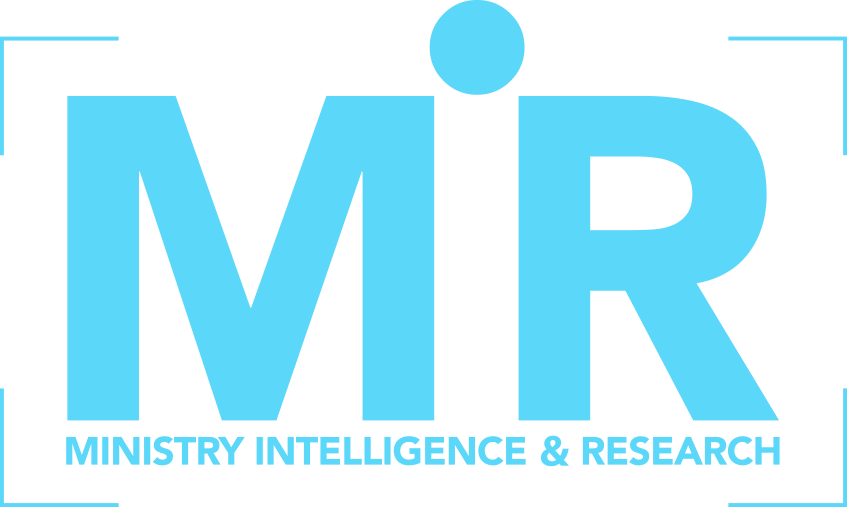
Faith, Science, and the Struggle in Recovery: A Biblical Response.
President & CEO Gary Blackard and Dr. Sarah Walters, Director of Ministry Intelligence & Research examine the reasons surrounding the intersection of Faith, Science and Recovery from a Biblical Perspective.
American Bible Society Longitudinal Collaboration
In November 2022, the American Bible Society began a longitudinal study on the levels of scripture engagement, human flourishing, hope, and stress in Adult & Teen Challenge students, graduates, & staff. In the first round of data collection, Adult & Teen Challenge participants in the study reported levels of scripture engagement and human flourishing equal to or higher than the average American. Adult & Teen Challenge participants reported lower stress levels after graduation. They also reported higher levels of hope, whether they were still in the program or post-graduation. In the second round of data, we found similar results, graduates continue to engage with Scripture more than the average American and experience higher levels of human flourishing than the average Scripture-engaged American.
Adult & Teen Challenge December 2023 ABS Report
Adult & Teen Challenge March 2023 ABS Report
2019 National Outcomes Study
In 2019, Adult & Teen Challenge commissioned an outside organization to complete empirical research on behalf of the ministry for the first time. The research aimed to examine the long-term impact of programming on the lives of ATC graduates. Results of this study indicate 78% of the 340 sample respondents are sober and substance abuse free after participating in the ATC program. On average, ATC graduates self-report engaging in spiritual practices such as praying, reading the Bible, and attending church at least every week. Future research will examine other areas of current programming and graduate outcomes.
Faith & Recovery Study
In July 2019, Brian J. Grim and Melissa E. Grim released a paper on their study on faith in preventing and recovering from substance abuse. This is further confirmation of our stance that a faith component is essential to successful recovery.
Teen Challenge studies are quoted in the paper. Graduates give three factors for maintaining their sobriety: “staying connected to God”, “family”, and “hanging out with positive people.”
